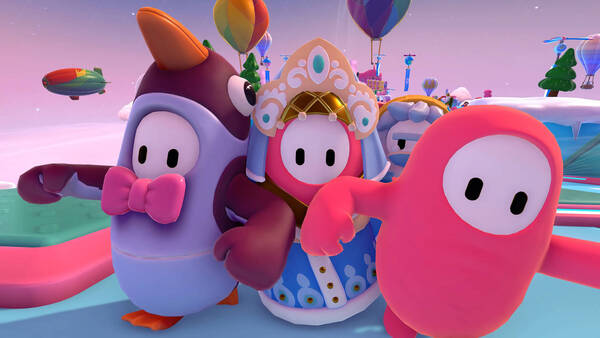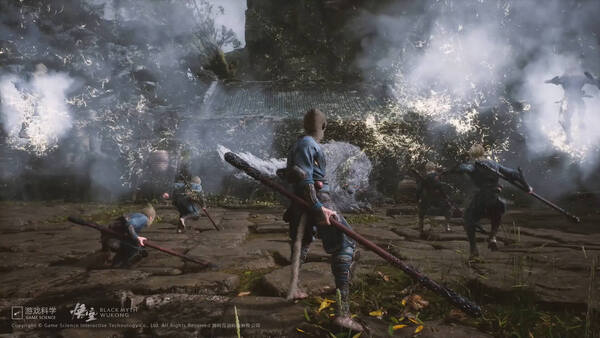Advertisement
Popular Now
It Takes Two is known for its rich, cooperative gameplay, requiring players to solve intricate puzzles to progress through each level. However, while many enjoy the dynamic problem-solving, the game also introduces unexpected frustrations for players, especially when puzzles rely heavily on coordination. This article delves into a specific issue in It Takes Two: how the puzzle-solving mechanics can lead to player frustration. By examining factors like puzzle complexity, communication challenges, and learning curves, we’ll explore the ways these factors impact player enjoyment and engagement.
1. Understanding Puzzle Complexity in Cooperative Gameplay
It Takes Two offers a unique take on puzzle-solving by requiring both players to work together to complete each task. However, the complexity of puzzles sometimes adds unexpected layers of difficulty, especially for new players.
5. Adjusting to Each Other’s Puzzle-Solving Styles
Every player has a different approach to puzzles; some prefer to experiment, while others like to plan. These differences can create friction if players don’t learn to adapt to each other’s styles.
10. Embracing Growth and Adaptation Through Frustrating Puzzles
Despite the frustrations, It Takes Two’s puzzles offer a chance for growth, as players learn to improve their coordination and resilience. Embracing this growth is essential to overcoming the game’s challenges.
Conclusion While It Takes Two’s puzzle-solving challenges are an essential part of its cooperative gameplay, they often introduce unexpected frustration. Complex mechanics, diverse player styles, time pressure, and control imbalances all contribute to an experience that tests both patience and teamwork. However, by embracing these challenges, players can grow together, improving their communication, coordination, and problem-solving skills. Overcoming these obstacles ultimately enhances the cooperative experience, making the journey through It Takes Two both memorable and rewarding.
1. Understanding Puzzle Complexity in Cooperative Gameplay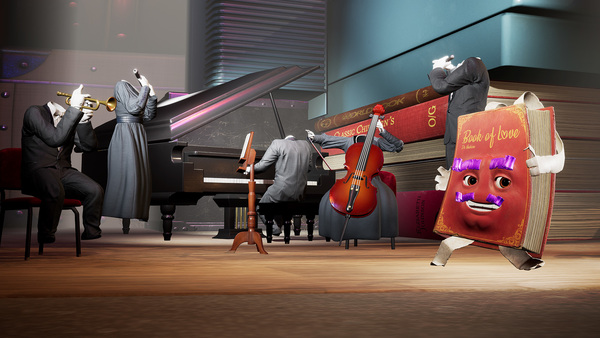
It Takes Two offers a unique take on puzzle-solving by requiring both players to work together to complete each task. However, the complexity of puzzles sometimes adds unexpected layers of difficulty, especially for new players.
Balancing Skill Levels Between Players
When two players with different skill levels play together, puzzle complexity often becomes a source of tension. Simple tasks for one player may be difficult for the other, leading to frustration.The Role of Dual Mechanics in Complexity
Each character often has distinct abilities necessary to solve puzzles, such as Cody’s explosive powers and May’s time manipulation. Managing these mechanics can add a layer of stress if not balanced correctly.2. Communication Breakdown: A Core Challenge
The reliance on communication in It Takes Two can be overwhelming, particularly in more challenging puzzles. Miscommunication is common and can cause players to become frustrated with each other.Verbal Coordination in Real-Time
Many puzzles require one player to communicate steps to the other accurately. In high-stakes moments, missed cues often lead to failed attempts, impacting overall enjoyment.Non-Verbal Cues and Visual Synchronization
Players also rely on non-verbal cues like character movement and positioning. When these visual cues are missed or misinterpreted, it disrupts the flow of puzzle-solving.3. The Role of Trial and Error in Player Frustration
Puzzle-solving in It Takes Two involves a degree of trial and error, and repeated failures can drain players’ patience, particularly when puzzles have multiple steps or phases.The Frustration of Repetitive Failures
Repeated attempts are often necessary to solve puzzles, and this repetition can lead to boredom or impatience, especially if players feel like they aren’t making progress.Adjusting Expectations to Embrace Learning Curves
Although trial and error is a natural part of puzzle games, It Takes Two challenges players to embrace patience and learning, which can be difficult in the heat of gameplay.4. Managing Time Pressure in Puzzle-Solving
Some puzzles in It Takes Two have time-sensitive elements, requiring fast reflexes and immediate decision-making. The added time pressure can amplify frustration, especially if players struggle to stay in sync.The Difficulty of Balancing Speed with Accuracy
When time is a factor, players may rush, leading to mistakes that cause repeated failures. Finding a balance between moving quickly and staying accurate is key but often hard to achieve.Building Trust to Handle Time-Sensitive Tasks
Trust between players helps mitigate some of the stress in timed puzzles, as each person relies on the other’s ability to make quick decisions.5. Adjusting to Each Other’s Puzzle-Solving Styles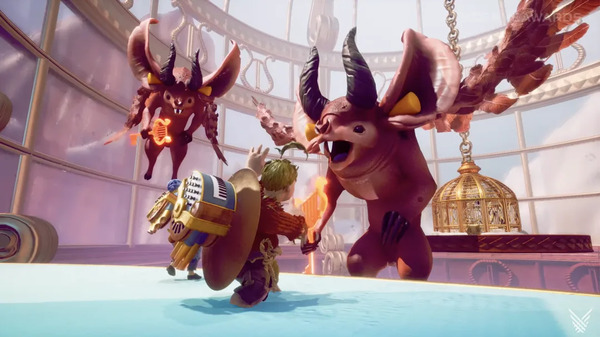
Every player has a different approach to puzzles; some prefer to experiment, while others like to plan. These differences can create friction if players don’t learn to adapt to each other’s styles.
The Challenge of Coordinating Diverse Play Styles
One player may want to dive in and experiment, while the other may prefer a cautious approach. This difference often leads to conflicting strategies, slowing down the puzzle-solving process.Learning to Compromise and Support Each Other’s Strengths
When players embrace each other’s styles, they can tackle puzzles more effectively. Finding compromise is essential to maintaining harmony in gameplay.6. Balancing Control Between Players
In It Takes Two, both players must work together, but this dynamic can lead to control imbalances. When one player dominates the puzzle-solving process, it can affect the other’s engagement.Encouraging Equal Participation
Players need to respect each other’s contributions. When one player leads too much, it diminishes the cooperative experience and may lead to resentment.Building Collaborative Control Through Shared Responsibility
Puzzles that allow both players to contribute equally prevent one person from taking over, fostering a sense of shared responsibility in the game.7. Navigating Frustration in High-Stakes Moments
Certain high-stakes puzzles in It Takes Two demand perfect execution, adding stress and pressure. Missteps during these moments can lead to repeated failures and player frustration.Managing Frustration in the Heat of the Moment
As frustration builds from failed attempts, players may lose focus, leading to additional errors. Maintaining composure during high-stakes moments is essential to progress smoothly.Using Failures as Opportunities for Improvement
Viewing failures as learning experiences rather than setbacks can help players build resilience and improve their puzzle-solving skills.8. Avoiding Fatigue from Long Puzzle Sequences
Some levels feature long, drawn-out puzzle sequences, which can be mentally exhausting. This fatigue can negatively impact players’ patience and ability to work together effectively.Recognizing the Signs of Puzzle Fatigue
When players feel mentally drained, their coordination and focus suffer. Recognizing when to take a break can help reduce frustration and renew energy.Encouraging Short Breaks for Better Performance
Taking short breaks can prevent puzzle fatigue and give players a chance to reset mentally, improving performance and communication.9. The Impact of Disjointed Visual Elements on Problem Solving
Certain puzzles in It Takes Two present visual challenges, where players have to interpret different aspects of the same puzzle, leading to potential misalignment.Aligning Perspectives for Better Communication
When both players view the puzzle from different visual perspectives, it’s easy to misunderstand each other’s instructions. Clear communication is crucial to overcoming this challenge.Using Visual Cues Effectively
By recognizing important visual cues, players can better understand each other’s perspective, ensuring smoother progress through visually complex puzzles.10. Embracing Growth and Adaptation Through Frustrating Puzzles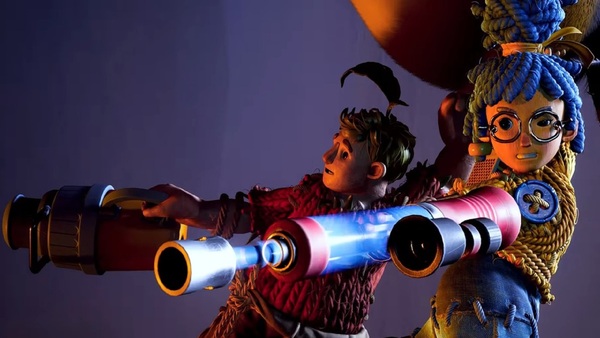
Despite the frustrations, It Takes Two’s puzzles offer a chance for growth, as players learn to improve their coordination and resilience. Embracing this growth is essential to overcoming the game’s challenges.
Viewing Frustration as Part of the Experience
Accepting that frustration is a natural part of cooperative gameplay can help players enjoy the process of learning and improving together.Celebrating Small Wins to Boost Morale
Celebrating small victories, even if they’re not major milestones, can enhance players’ morale and make frustrating moments feel more rewarding.Conclusion While It Takes Two’s puzzle-solving challenges are an essential part of its cooperative gameplay, they often introduce unexpected frustration. Complex mechanics, diverse player styles, time pressure, and control imbalances all contribute to an experience that tests both patience and teamwork. However, by embracing these challenges, players can grow together, improving their communication, coordination, and problem-solving skills. Overcoming these obstacles ultimately enhances the cooperative experience, making the journey through It Takes Two both memorable and rewarding.














